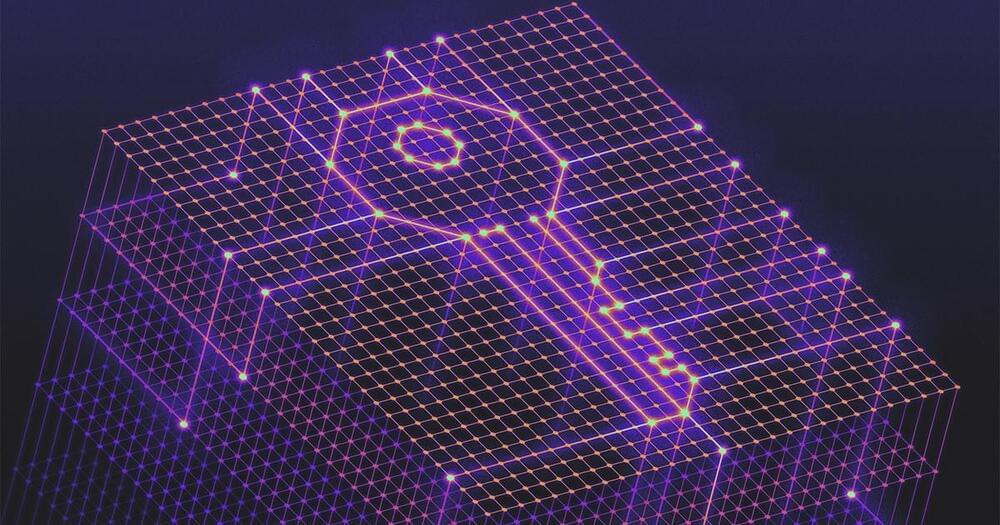In 1994, the computer scientist Peter Shor discovered that if quantum computers were ever invented, they would decimate much of the infrastructure used to protect information shared online. That frightening possibility has had researchers scrambling to produce new, “post-quantum” encryption schemes, to save as much information as they could from falling into the hands of quantum hackers.
Earlier this year, the National Institute of Standards and Technology revealed four finalists in its search for a post-quantum cryptography standard. Three of them use “lattice cryptography” — a scheme inspired by lattices, regular arrangements of dots in space.
Lattice cryptography and other post-quantum possibilities differ from current standards in crucial ways. But they all rely on mathematical asymmetry. The security of many current cryptography systems is based on multiplication and factoring: Any computer can quickly multiply two numbers, but it could take centuries to factor a cryptographically large number into its prime constituents. That asymmetry makes secrets easy to encode but hard to decode.
